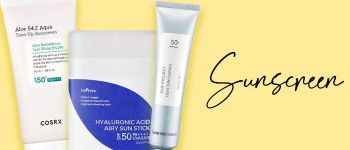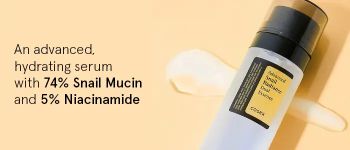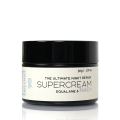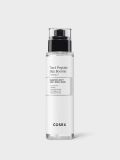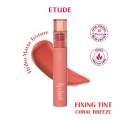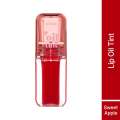Cart is empty

©AlphaCma Pvt. ltd. All Rights Reserved
Sign in to make your next kindmove
©AlphaCma Pvt. ltd. All Rights Reserved
Videos
Read Liked Posts
No Video yet
No collections yet
Videos
Episode 13 of To be honest
Tbh where kindcrew reviews beyond beyond
Comments

Cosrx the 6 peptide skin booster serum
A peptide serum that effectively addressss various functions with its six - multifunctional peptides.
Comments

Etude fixing tint
This tint is just toooo good!
Gives you the perfect amount of tint that stays for hours
Comments

Etude Dear darling oil tint
Dear darling oil tint
For that dewy flushed look
Comments

SKIN1004 Madagascar Centella
SKIN1004 Madagascar Centella Tone Brightening Capsule Ampoule 100ml is a lightweight ampoule similar to an essence - designed to enhance the skin's luminosity and promote an even tone.
Comments

-
Free shipping on
orders above ₹699 -
5 days
easy returns -
100% authentic,
direct sourcing -
2M+ units sold
Have you been kind to yourself today?
Download now, we App-solutely recommend it
Keep up with kindlife
Whatsapp us on +918130287724 to get in touch. Reach out to us from 10AM - 6PM (Mon-Sat), we take a break on weekends (hi boss!)
© 2025 AlphaCMA Private LIMITED. All Rights Reserved.
 All orders
All orders 





